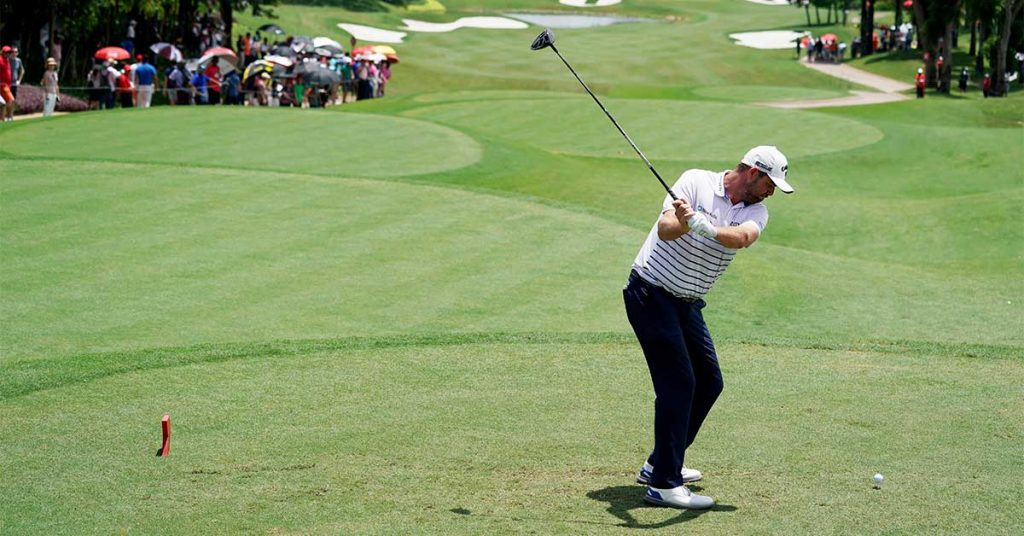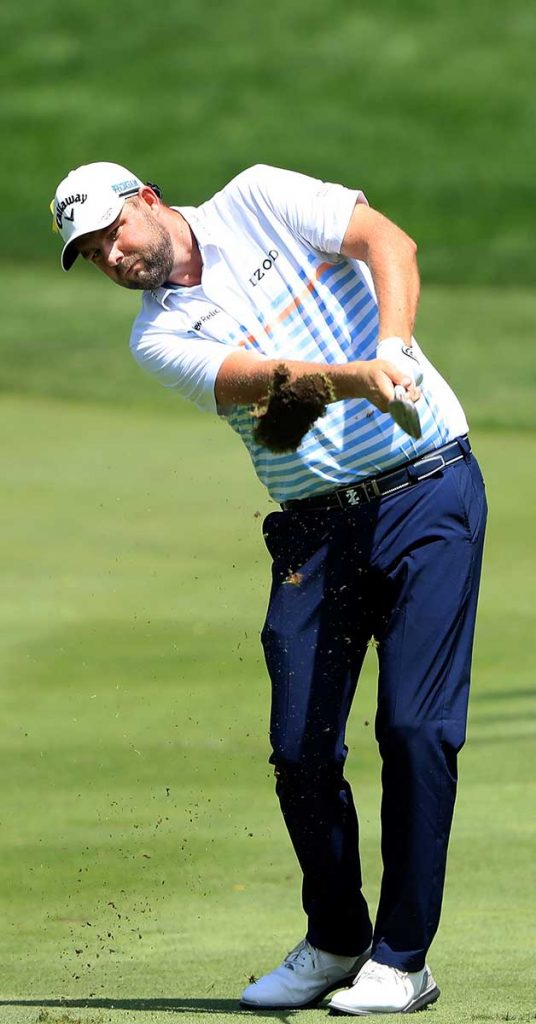Golf is all about consistency.
Being consistent from tee to green has been a hallmark of mine and helped me break into – and stay in – the world’s top-20 ranked golfers. Here are four aspects I work on regularly to ensure my margin for error remains small. I’m confident with a little bit of polish, they can lower your scores, too.

Driving
PICK-AND-STICK WITH YOUR SHAPE
I’ve actually come full circle in my shot shape with the driver. When I started playing golf as young lad in Warrnambool, I was a fader of the golf ball. However, in order to pick up some distance and compete in the juniors, I spent some agonising months rebuilding my swing to produce loopy draws.
However, on tour I am known for a left-to-right shape with the driver. It’s my stock shot as it’s the shot shape I feel most comfortable with getting the ball in play from the tee. Pick your shot shape based on your body type and swing characteristics, then practise being able to call on that shot on every tee. You’ll find more fairways and have less penal misses.

Irons
BALANCE EQUALS BALL-STRIKING
An important aspect of iron play is balance. You need balance to determine your low point at impact and then be able to repeat it.
If you’re a taller bloke like me, it may be hard to control your centre of gravity. Pick the brains of your local PGA professional on exactly how you can develop and practise balance during iron shots.
Once you’ve developed that, you can start to focus on grooving solid contact by compressing your iron shots. You won’t develop a consistent ball flight and distance with each iron until you start taking a divot after the ball on each shot. Two keys to ensuring ball-then-divot contact are length of the backswing (too long a swing can be detrimental) and rhythm/tempo.

Chipping
KNOW THE GRASS
Chipping and pitching aren’t just facets of the game that require sound technique and practice. They also require familiarity and preparation. You can be a good chipper and still struggle on grasses you don’t play every week. Usually in the afternoon of a Tuesday or Wednesday right before a tour event, I try to spend time chipping and pitching around the greens to familiarise myself with the type of grasses and their grain. It will determine how high or low shots will fly and what they’re going to do when they bounce. Spend more time around your course getting to know the fringe and fairways around the greens. You never know when it’ll save you shots.

Greens
CENTRE-FACE CONTACT IS PRIORITY No.1
Putting is one of the most analysed parts of the game from a technical perspective, and rightly so. But I’m not sure if enough emphasis is placed on hitting the centre of the putterface. You can practise your speed, or reading of greens, all you want but unless you hit the middle of the face you’ll struggle to consistently get the ball close or sink putts.
Practise standing over straight putts from various lengths and think only about hitting the centre of the putterface, and listen for the sound of the ball dropping in the cup.
– written with Evin Priest

